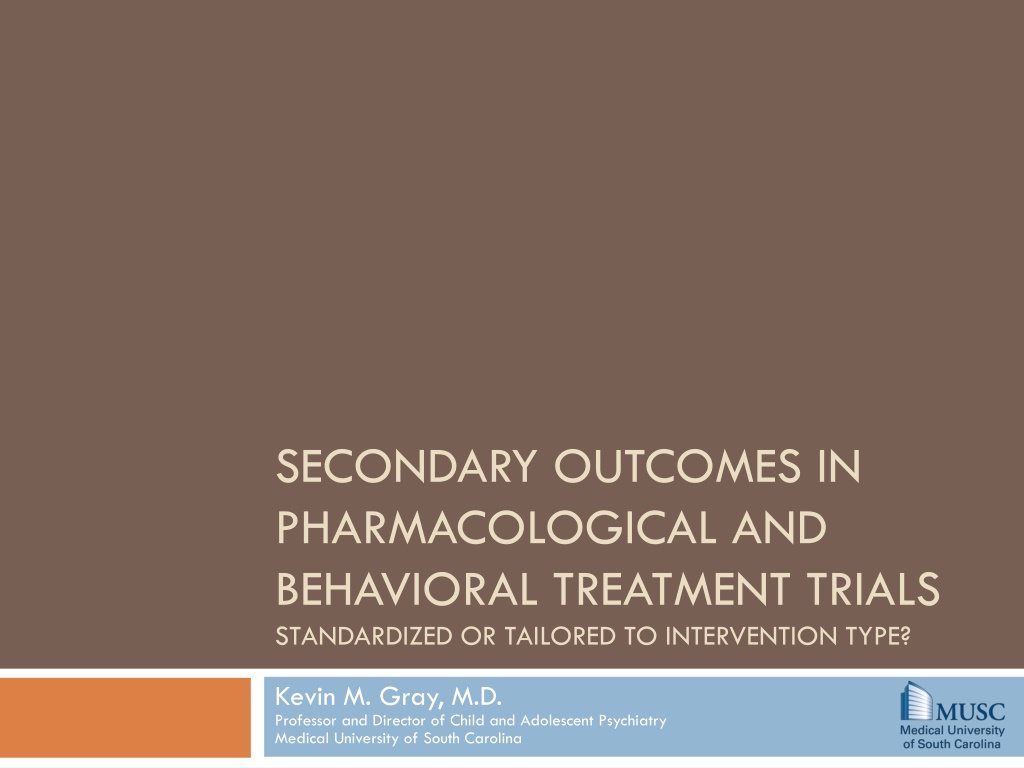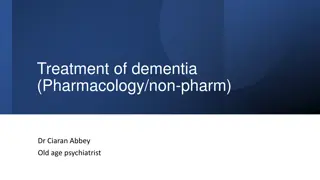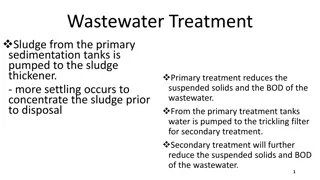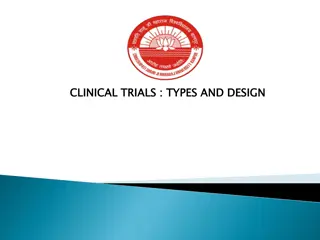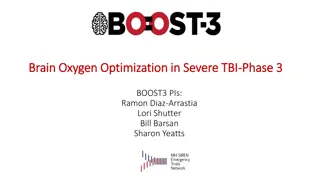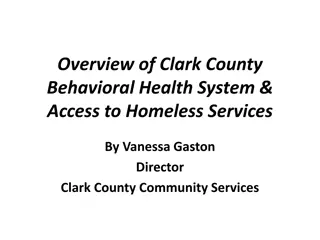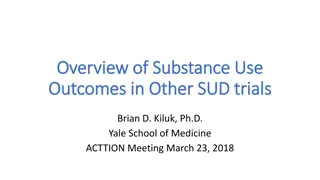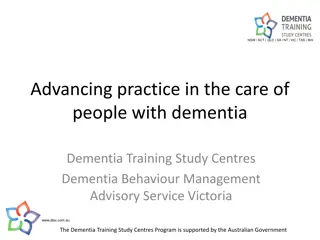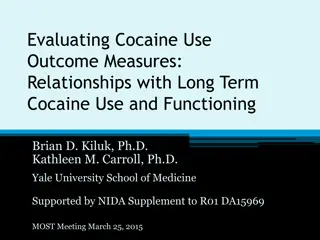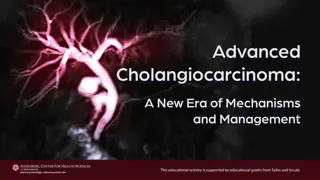Understanding Secondary Outcomes in Pharmacological and Behavioral Treatment Trials
This presentation by Dr. Kevin M. Gray explores key considerations in intervention trials, addressing stages of investigation, types of treatments, trial designs, and target populations. The importance of balancing mechanistic and functional outcomes across trial phases is emphasized for meaningful results.
- Pharmacological treatment
- Behavioral therapy
- Intervention trials
- Target populations
- Investigation stages
Download Presentation

Please find below an Image/Link to download the presentation.
The content on the website is provided AS IS for your information and personal use only. It may not be sold, licensed, or shared on other websites without obtaining consent from the author. Download presentation by click this link. If you encounter any issues during the download, it is possible that the publisher has removed the file from their server.
E N D
Presentation Transcript
SECONDARY OUTCOMES IN PHARMACOLOGICAL AND BEHAVIORAL TREATMENT TRIALS STANDARDIZED OR TAILORED TO INTERVENTION TYPE? Kevin M. Gray, M.D. Professor and Director of Child and Adolescent Psychiatry Medical University of South Carolina
Disclosures Research support from National Institutes of Health
A few considerations What stage of investigation? What kind of treatment? What kind of trial? What target population? What do we think is important?
What stage of investigation? We typically think of earlier-stage trials being more focused on mechanistic outcomes, observed in highly controlled settings Later-stage trials are then more focused on whether those mechanistic outcomes translate to meaningful substance use and/or related functional outcomes in the (complicated / messy / noisy) real world Is there a way to consider both mechanistic and functional outcomes across stages of trials?
What kind of treatment? Could be parsed by pharmacological/somatic versus behavioral/psychosocial Could be parsed by behavioral or neurobiological mechanism Mechanism has bearing on both big picture and small picture outcomes
What kind of trial? Must consider outcomes that can be feasibly attained, observed, and collected within the context of the trial s design (length of treatment, setting, etc.) Must be mindful of participant and staff burden, and the liabilities of trying to collect too many outcomes (do we image everybody, collect blood samples at all visits, etc.?)
What target population? What are meaningful mechanistic and functional outcomes within a particular population? May be quite different to consider the most important outcomes across populations CUD + co-occurring psychiatric disorders CUD + co-occurring SUDs Adolescents, young adults, older adults, etc.
What do we think is important? Ultimately, outcome selection should be guided by what is judged to be important in observing/ detecting response to a treatment What constitutes a meaningful response? Mechanistic Cannabis use Functional
So . . . STANDARDIZED or TAILORED outcomes?
STANDARDIZED outcomes Benefits Allows for comparison across trials, meta-analyses, etc. Provides guidance for future trials Limitations May miss important markers of improvement for specific populations and/or interventions What if the standardized outcome isn t relevant for the study s specific target population? What if the standardized outcome does not reflect the mechanism by which the intervention is purported to work?
TAILORED outcomes Benefits If an intervention (either pharmacological or behavioral) has a known/specific mechanism, a tailored outcome would be important to measure, particularly in earlier-phase studies Limitations Impairs the potential for comparison across trials, and may hamper efforts to develop coherence for planning of future trials
STANDARDIZED + TAILORED As with most things, the best approach is likely somewhere between the extremes The ideal trial would be designed to test for both standardized (across trials) outcomes and tailored (specific to purported mechanism of the intervention) outcomes The challenge is to find a way to design an overall trial that reliably allows observation and measurement of both types of outcomes (and hopefully doesn t overburden participants with too many modes of data collection)
STANDARDIZED + TAILORED We may potentially need to study combinations of mechanistically distinct interventions (with the idea of additive or synergistic overall effects on cannabis use and/or functional outcomes) Examples might include: Treatment A to reduce withdrawal severity Treatment B to reduce relapse drug seeking/craving Treatment C to enhance skills to avoid and manage high-risk situations for cannabis use
STANDARDIZED + TAILORED In these cases, we may test for tailored outcomes at different stages/phases of the trial, but still aim for an overall standardized outcome This may become more cumbersome/complicated if varying exposure to the various component treatments (i.e., a 2 2 factorial design)
But how the heck do we pull this off? If we determine a list of standardized + tailored outcomes, we ideally will power the trial to test the most ambitious outcome, and then secondarily be able to test for the less challenging/ambitious outcomes May fall short based on limitations in funding, time, etc., but this may be reasonable, particularly in earlier-stage or proof-of-concept trials In these cases we ought to at least test for effect sizes and variability in relevant outcomes to inform future trials
